History
Albert Bierstadt’s training in Düsseldorf prepared him to create the massive canvases that made him and Fredrick Church the most celebrated painters in the United States in the 1860s and 1870s. His enormous popularity arose because he depicted the nation’s subconscious yearning for visual images of the West. Underappreciated is that the grandeur expressed in Bierstadt’s paintings incentivized western settlement, sold railroad bonds, influenced congressional appropriations, and kick-started the western tourist trade.
Bierstadt’s watershed campaigns were in 1859 in the company of Frederick W. Lander, a land surveyor for the U.S. government, and a second in 1863 with author Fitz Hugh Ludlow. On the shoulders of strong demand for his depictions of California and its coast, Bierstadt returned for a third campaign on or about July 14, 1871, when he boarded the newly built Transcontinental Railroad, intent upon describing, if not aggrandizing California’s overwhelming beauty. As the San Francisco Daily Evening Bulletin reported, “Albert Bierstadt, the renowned landscape painter, arrived in the city last night, stopping at the Grand Hotel. He contemplates an extended professional trip on this coast…” Bierstadt would fulfill that script. He stayed until October 1873, sketching and painting California’s bounty of diverse features.
Bierstadt’s movements were well documented in the local press. After embarking upon a sketching trip along the Sacramento delta, by August 3, he returned to San Francisco and made a “rapid, quick sketch of (a) whale, washed ashore…on the beach near Fort Point.” Although he returned East for a few weeks to arrange a buffalo hunt for the Grand Duke Alexis of Russia, he was back in San Francisco by January 6, 1872. That winter, it was reported Bierstadt “pushed into the Yosemite Valley…nearly three months in advance of ordinary tourists to make sketches of the winter aspects of its unequaled scenery.” By early May, he turned west, looked toward the great Pacific for inspiration, and busied himself with studies of the Farallon Islands.
During the winter of 1872/73, Bierstadt was firmly ensconced in a newly constructed studio at the top of Clay Street, where he had a commanding view of the city and the bay. It was reported that among the many studio paintings, there was a “study of the red rocks at Farallon Islands.” As for The Golden Gate, however, it seems unlikely to have been produced here, but rather, at his studio in Waterville, New York, where, upon his return east, as reported by the Bulletin of October 27, 1873, “the artist would “work many of his Pacific Coast sketches into pictures.” The Golden Gate is unusual in that its dramatic and tempestuous atmosphere is principally at the service of a human narrative rather than one emphasizing the beauty and power of untouched nature. The technical virtuosity remains, of course, but the expression of toil, hardship, difficulty, and danger of a life at sea in the spirit of European traditions remains. It is a poignant reminder of Bierstadt’s unmatched ability, setting the tone for a picture that, in this case, represents the toils of man against august nature in the transient beauty of a moment. With respect to its location, Bierstadt sketched the rocky cove under the dramatically perched original Cliff House. Constructed in 1863, the Cliff House provided stunning views of the Pacific Ocean and the Marin headlands. Already a popular destination for locals and tourists, for Bierstadt’s added pleasure, he could hear the sounds of sea lions barking from nearby Seal Rocks.
Top Results at Auctions
Comparable Paintings Sold at Auctions
Paintings in Museum Collections
Authentication
Image Gallery
Inquire
You May Also Like



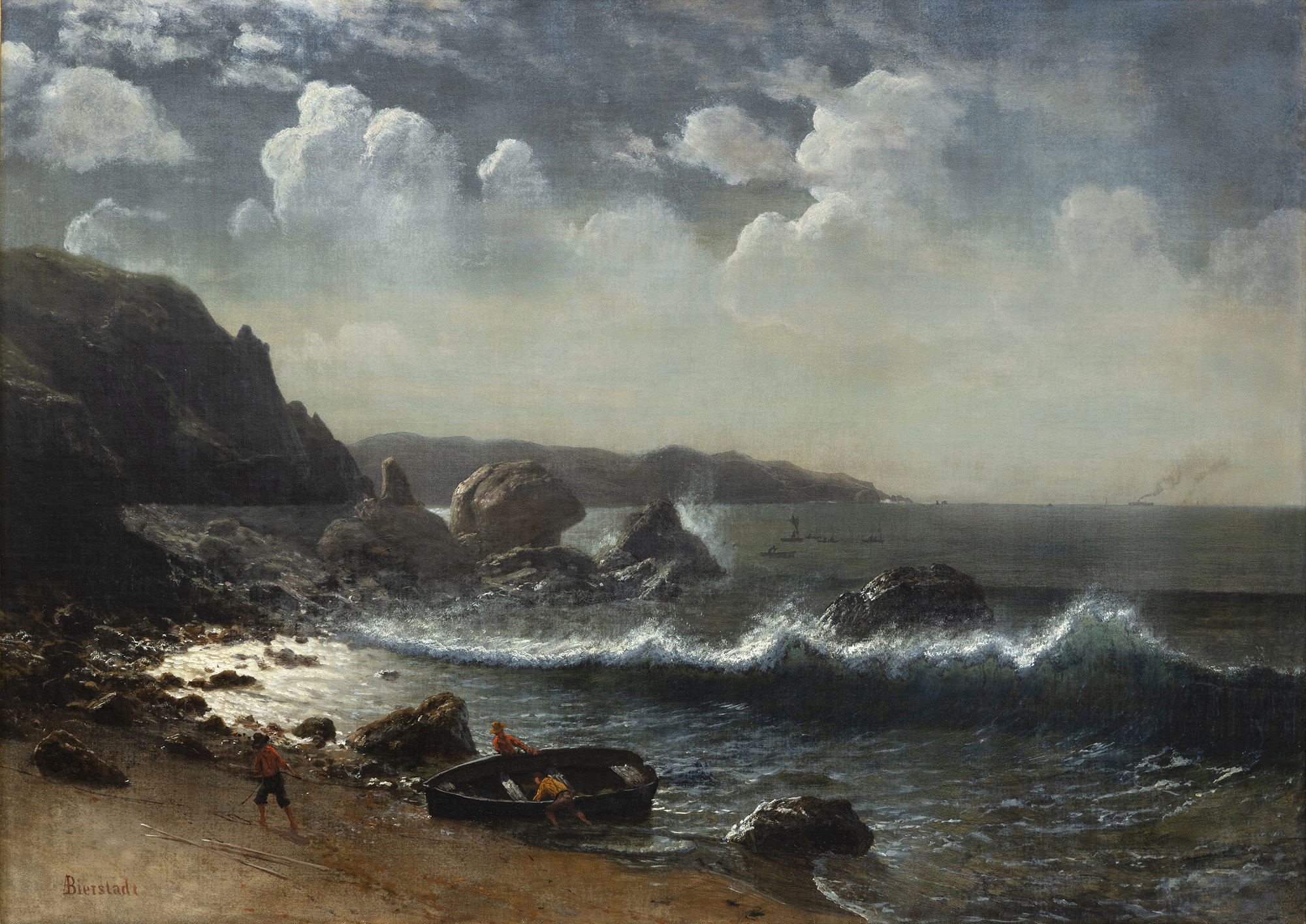
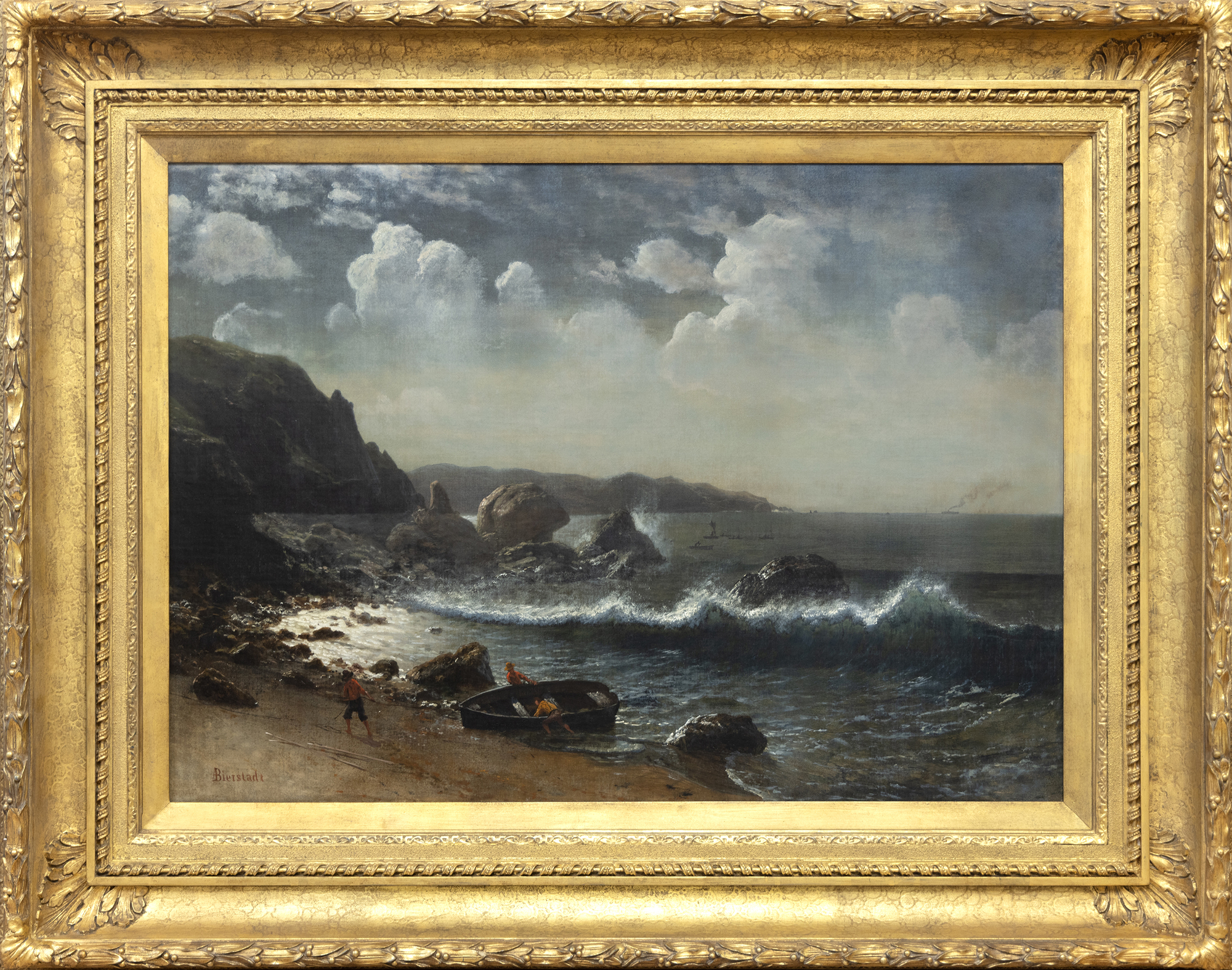
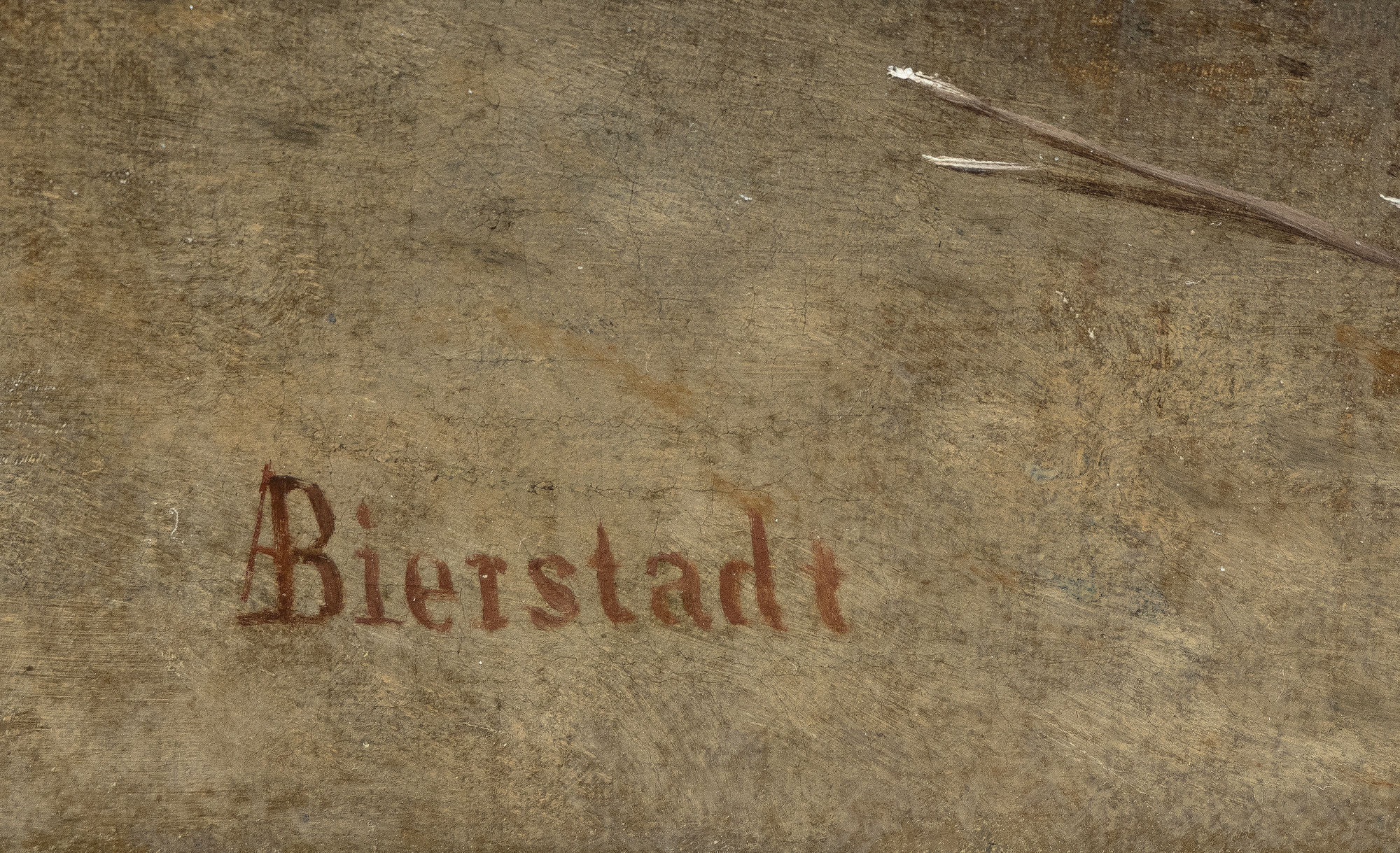
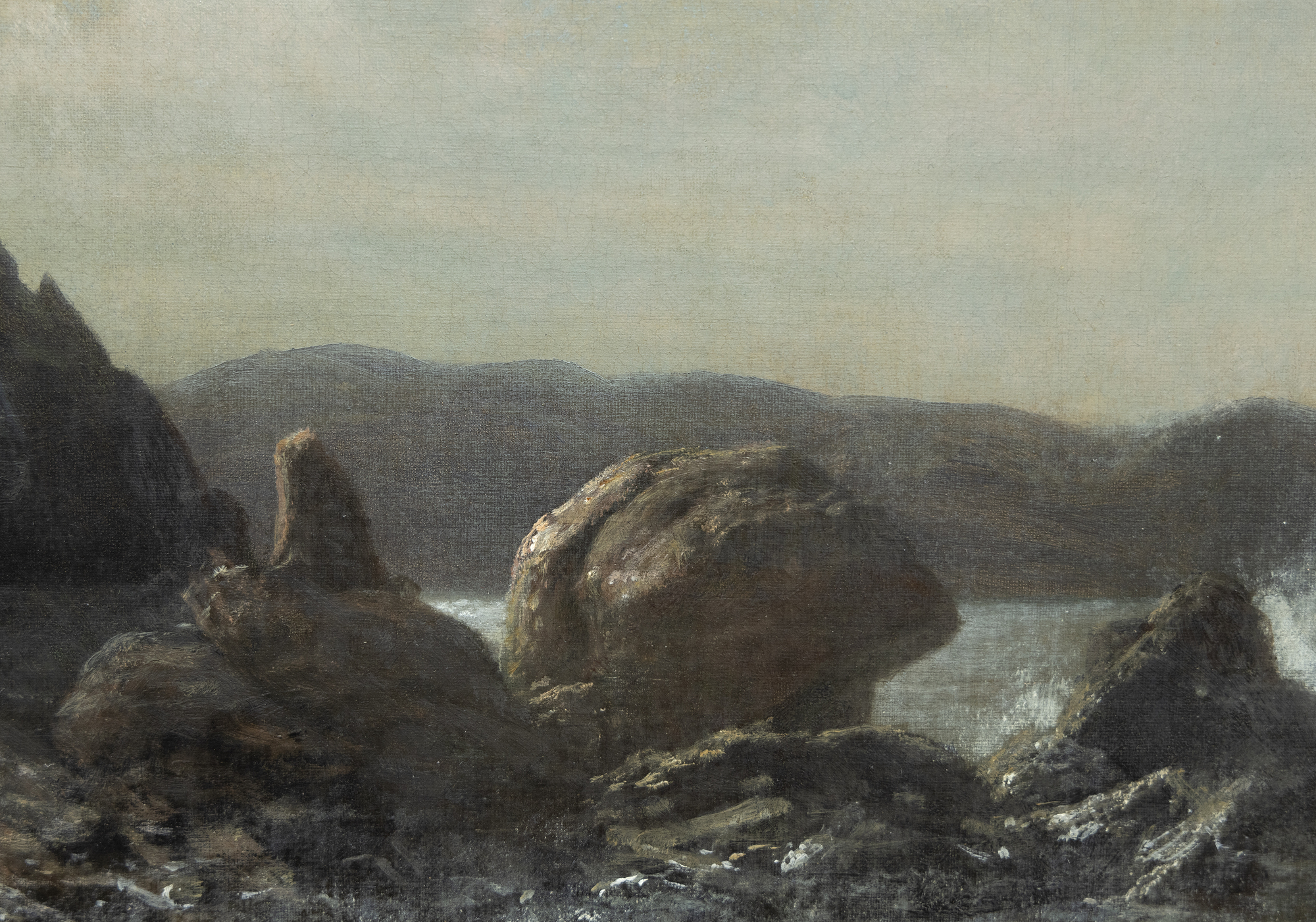
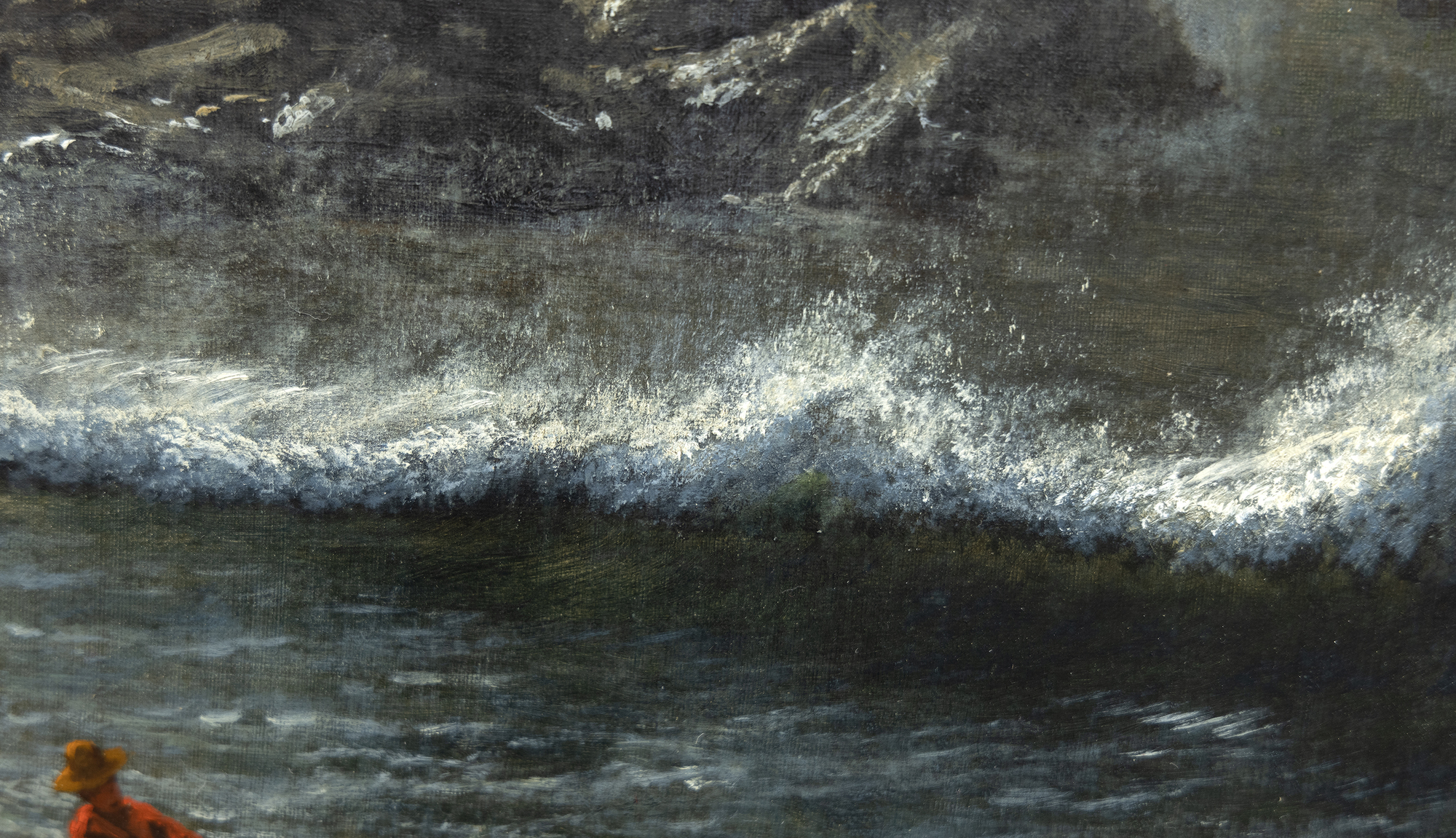
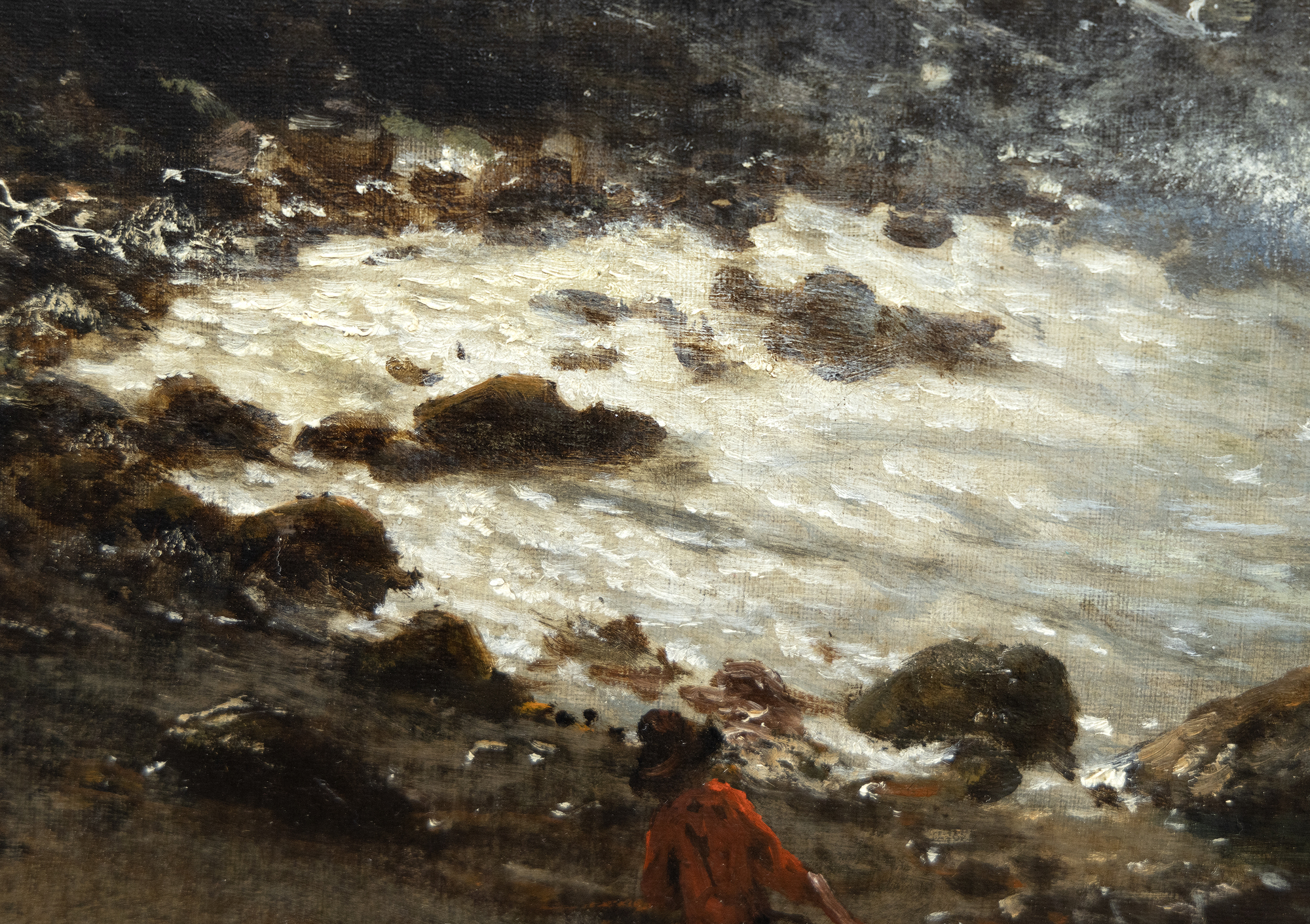
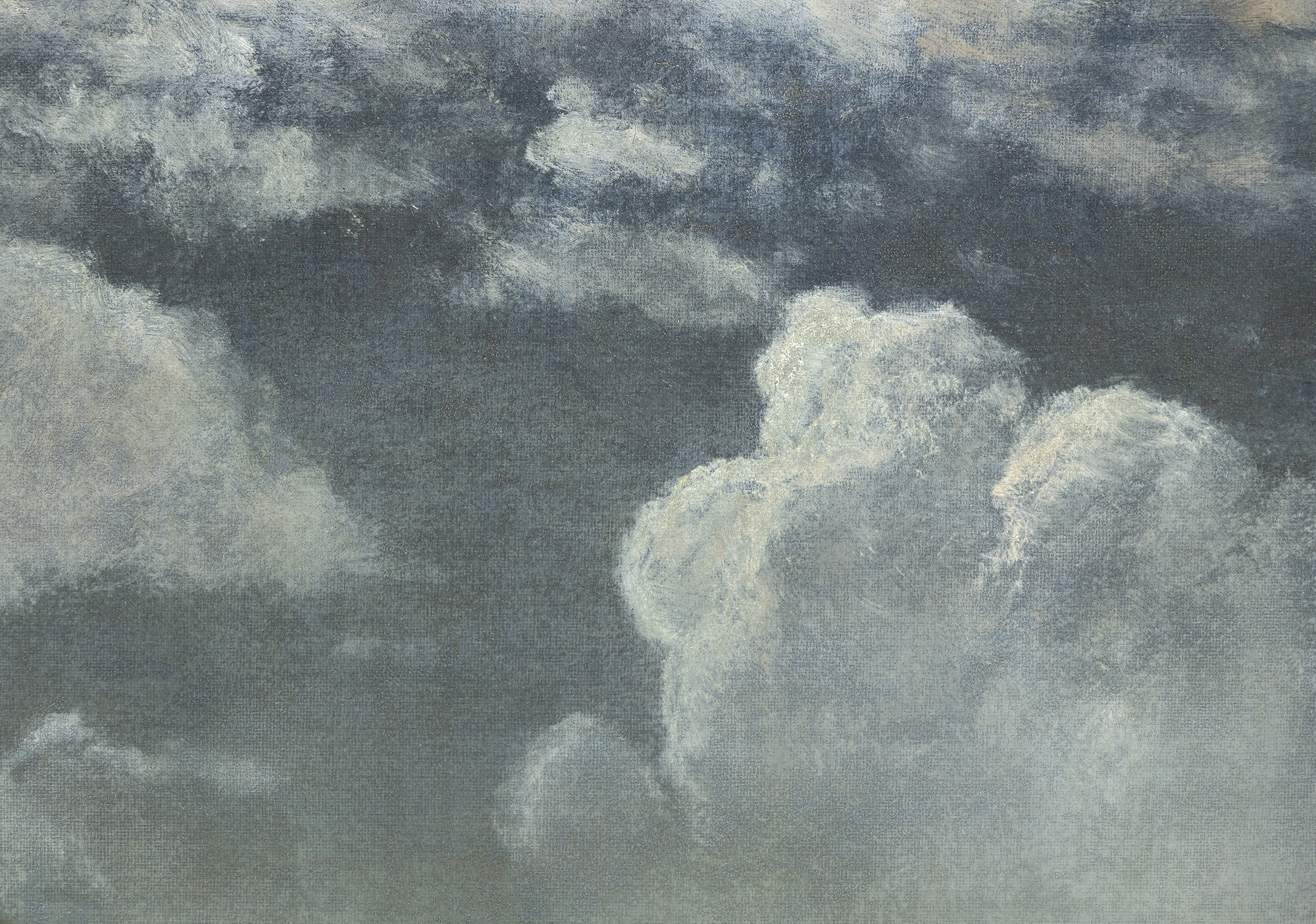
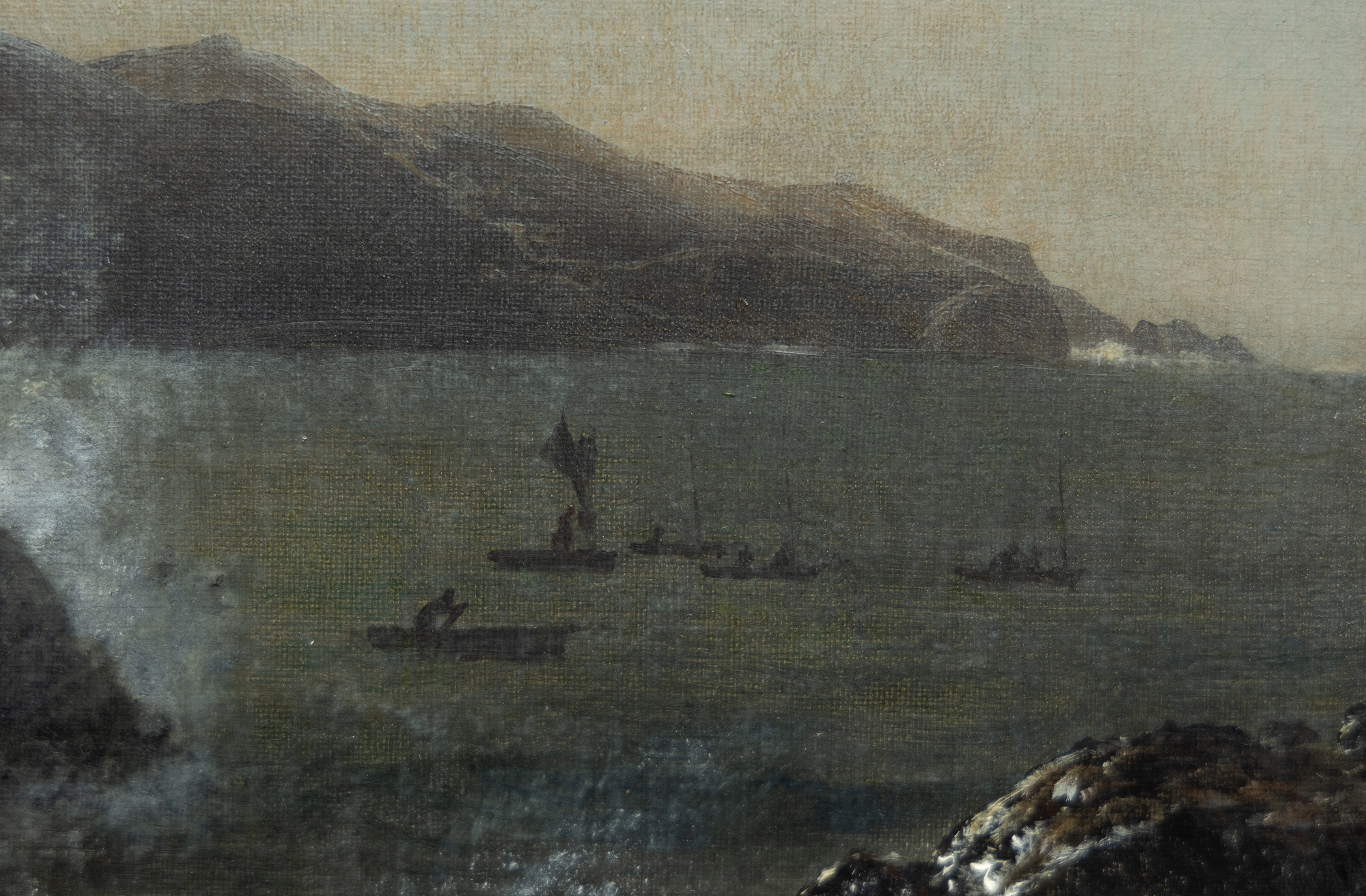
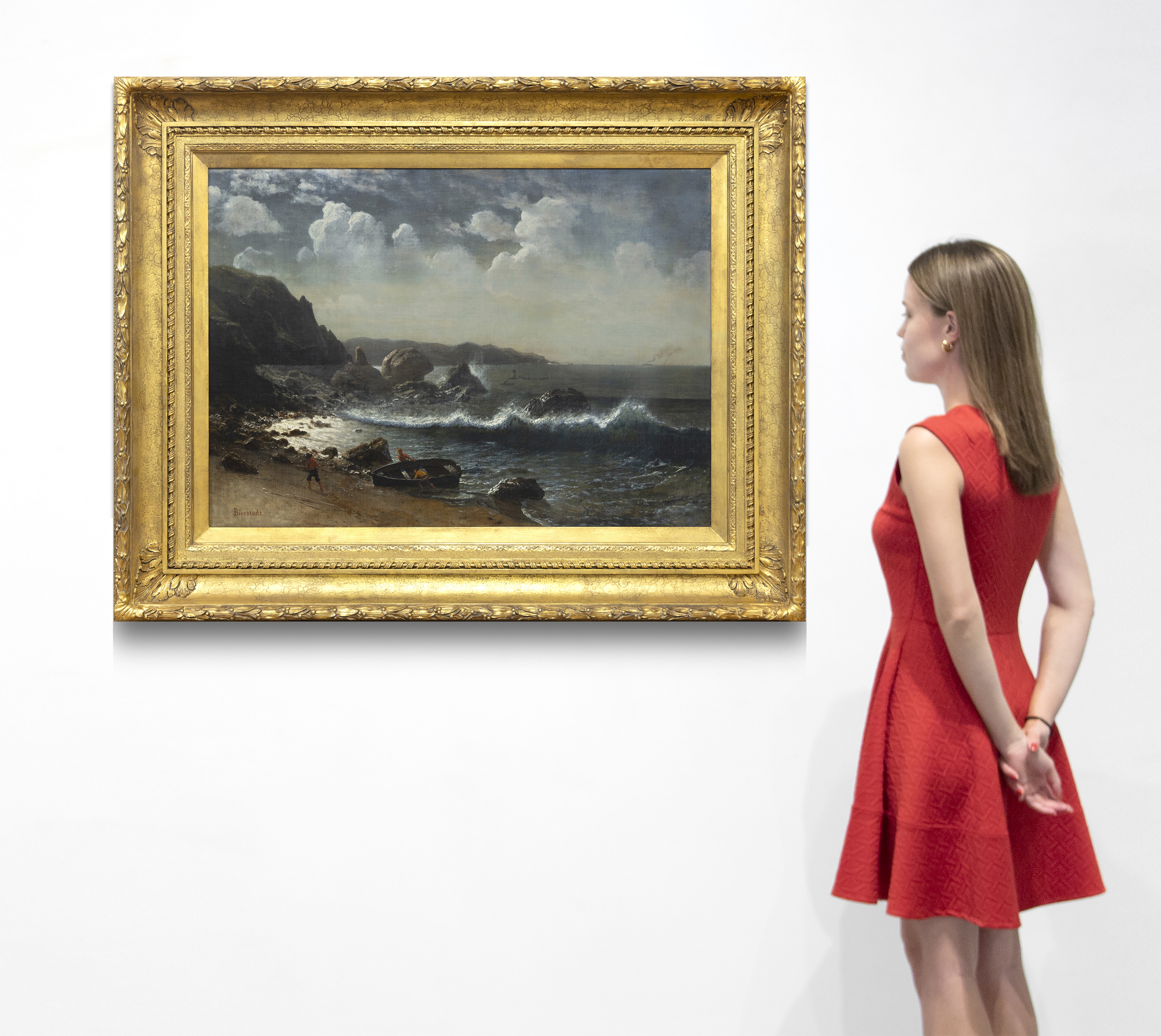
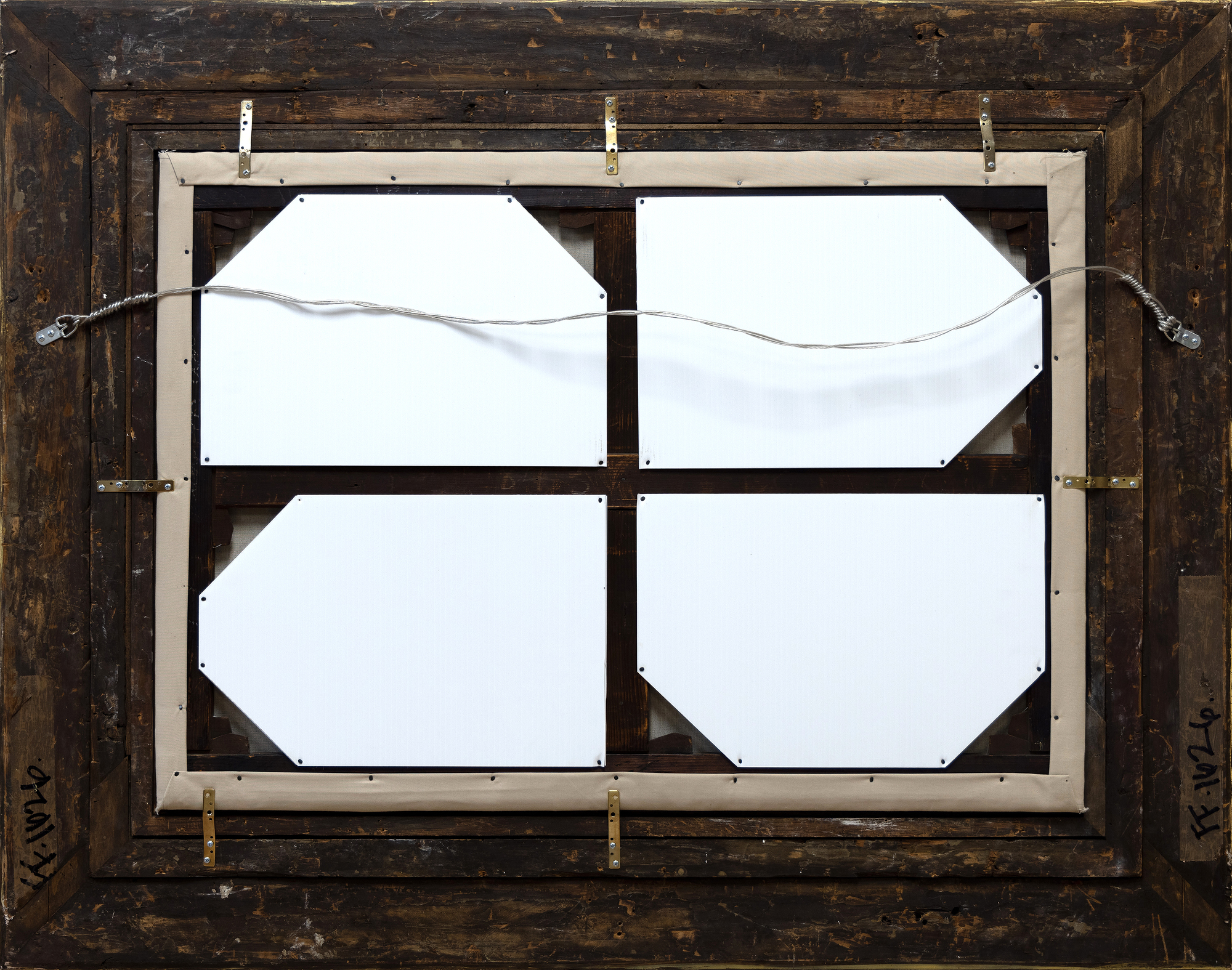
































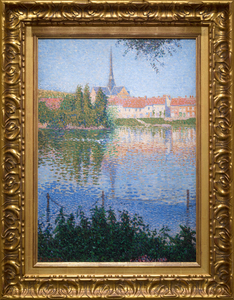
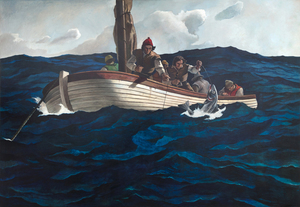
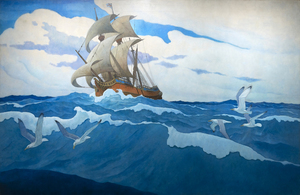
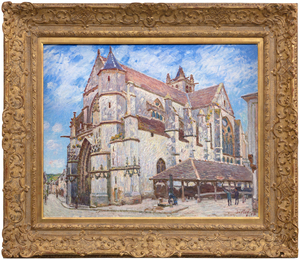
_tn45742.jpg )
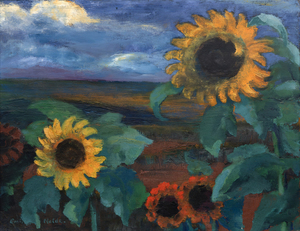
_tn45734.jpg )
_tn45731.jpg )
_tn43950.jpg )
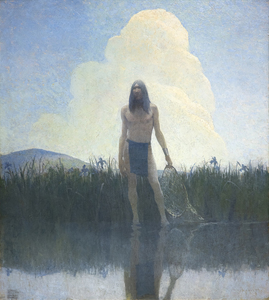
_tn45741.jpg )
_tn45739.b.jpg )
_tn45733.jpg )
_tn40169.jpg )
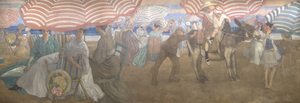
![SIR WINSTON CHURCHILL-View of Loch Choire (C 51) Painted while staying at Dunrobin Castle, the estate of the Duke of Sutherland, Churchill chose to set his easel behind a tree where he likely thought of it as a framing device, adding a layer of depth, creating a stronger sense of foreground, middle ground, and background, enhancing the three-dimensionality of the picture. Churchill painted at both Dunrobin as well as the Duke’s Sutton Place estate, later the home of John Paul Getty.
<br>
<br>As Mary Soames describes it in her book, Winston Churchill, His Life as a Painter, “1921 had been a year of heavy personal tidings” for Churchill and his family, as he lost both his mother, Jennie Cornwallis-West, and his beloved child, Marigold, aged nearly four. In a letter to his wife Clementine, Churchill wrote, “… Many tender thoughts, my darling one of you and yr sweet kittens. Alas I keep on feeling the hurt of the Duckadilly [Marigold’s pet name].” That Churchill chose to stay with the Duke and Duchess at Dunrobin just after Marigold’s death speaks to their close friendship and his fondness for the area, including Loch Choire. It is no surprise that Churchill gifted the painting to the Duke of Sutherland](/Art_Images/Small/sir_winston_churchill_view_of_loch_choire_(c_51)_tn45743.jpg )
_tn45732.jpg )